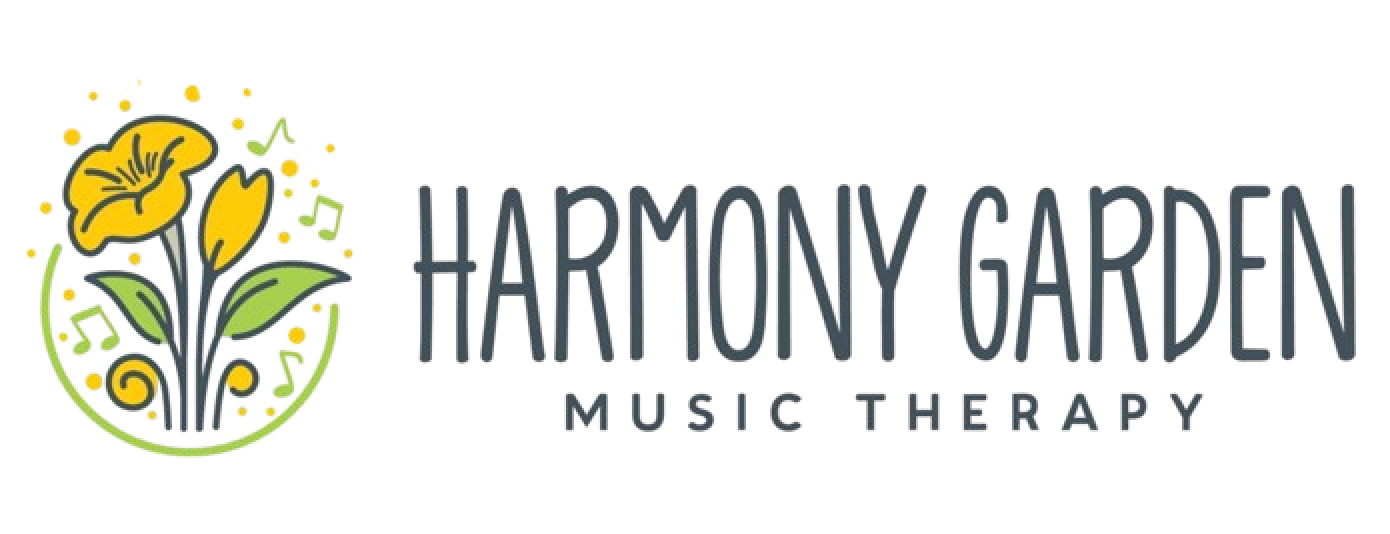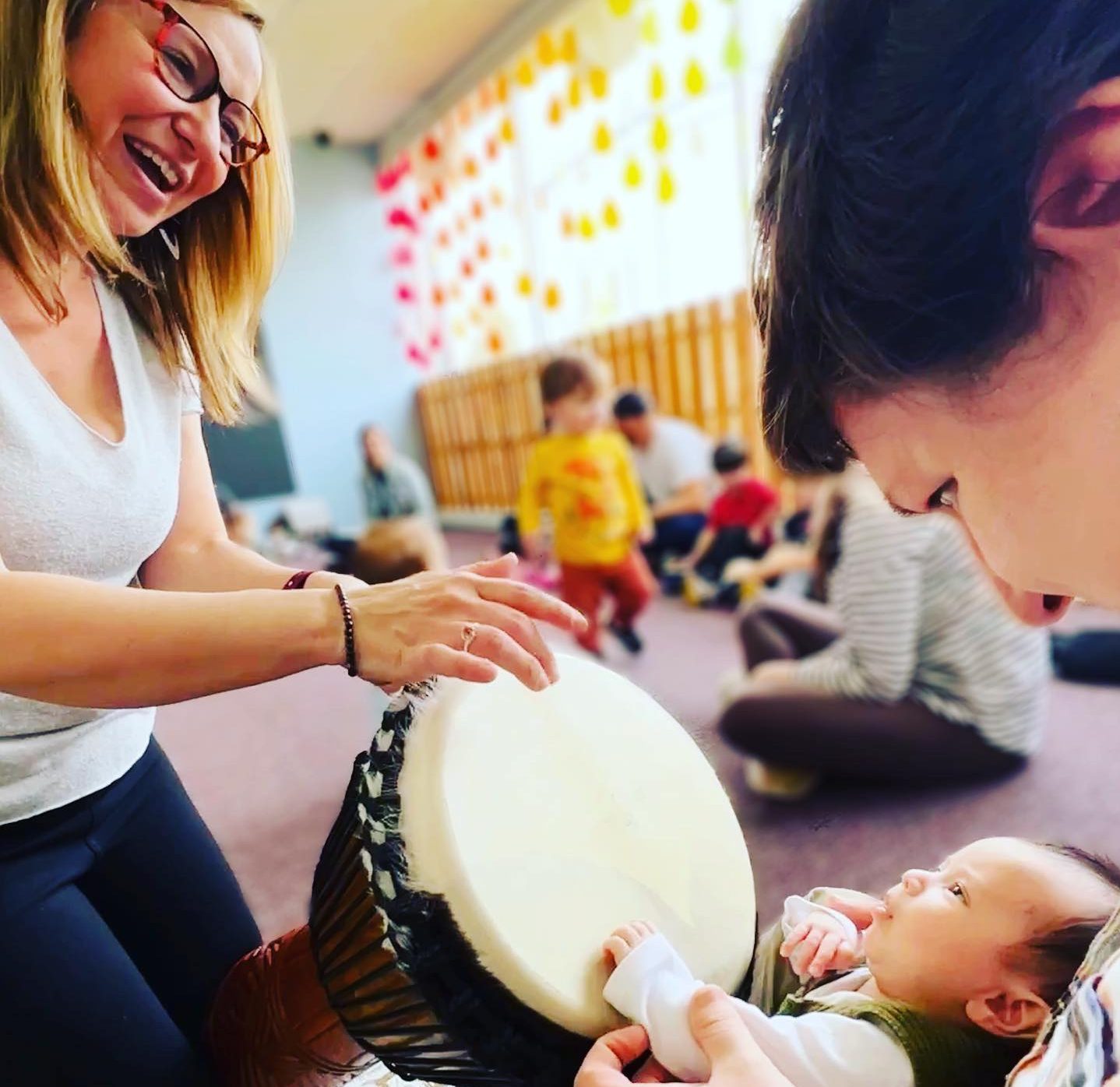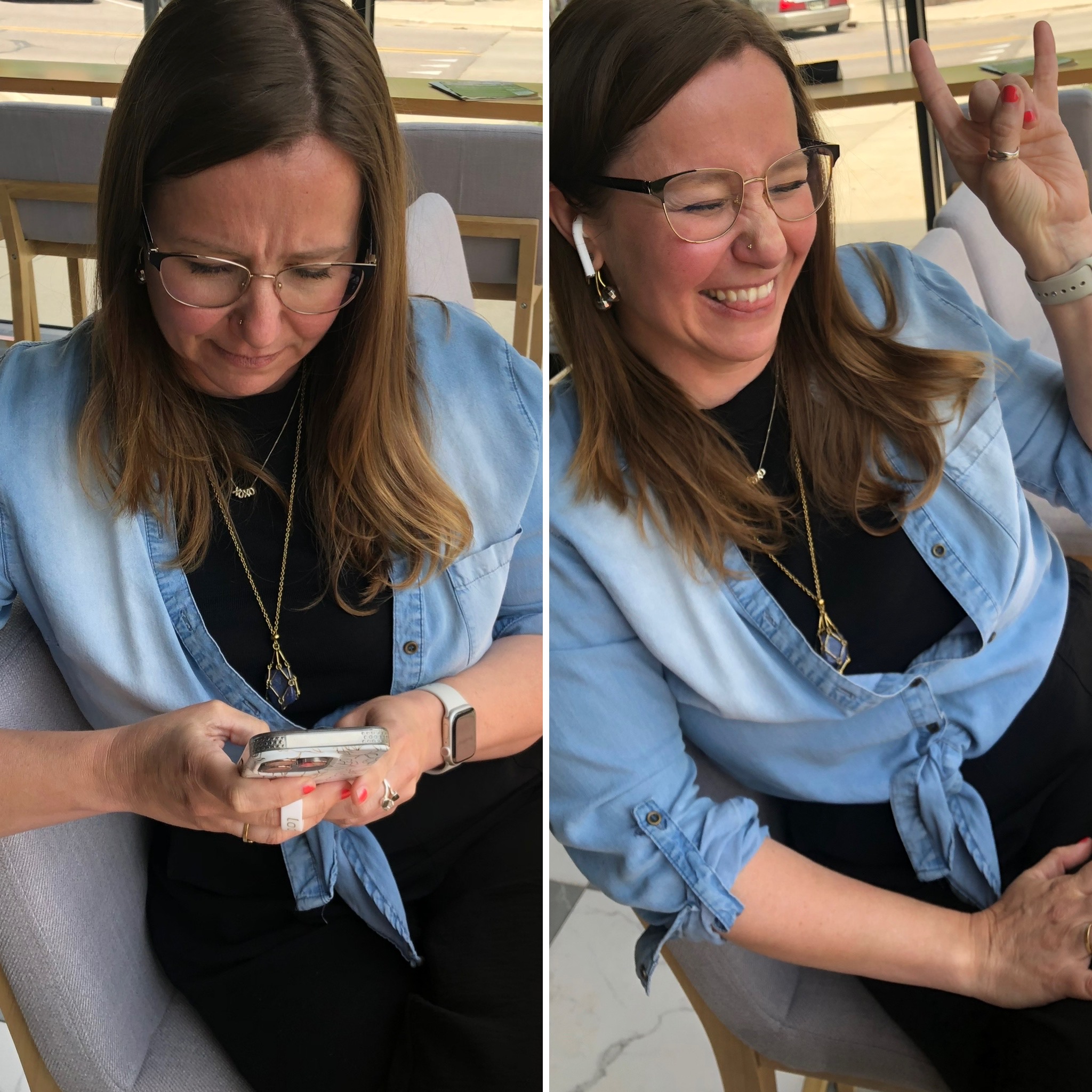Stepping onto the streets of New Orleans during Mardi Gras, I expected the spectacle—the elaborate floats, the celebration, the sensory overload of color and sound. What I hadn’t fully prepared for was the music, not just as a backdrop, but as the soul of the city itself.
As a board-certified music therapist from Jackson, MI, where no singular genre or musical tradition defines the community, I found myself taken by the depth of New Orleans music culture—the way it pulses through everything. The city doesn’t just have music. It is music.
First Impressions – Music as a Living, Breathing Force
New Orleans doesn’t make you search for music—it surrounds you.
From the moment I got out of the Uber, I was immersed in live jazz, brass bands, and street performances that seemed to echo from every corner. A saxophonist and a tuba player (in a chicken hat) playing outside Cafe Du Monde while I had breakfast. A confident woman with a microphone, amp, and backing tracks singing in the middle of the street. Parade floats rolling past with full ensembles playing their hearts out.
And the marching bands—so many marching bands. It felt like every school had one, and every student played in one. Their pride and energy were infectious. They weren’t just performing; they were part of something bigger—a music tradition deeply ingrained in New Orleans’ cultural identity.
On a parade float, I spotted the Petoskey Steel Drum Band from Petoskey, MI—a little piece of my home state, unexpectedly in the Mardi Gras magic. It was a reminder of how music transcends place, connecting people across miles and cultures.
Mardi Gras & Community Music – The Role of Participatory Music in Cultural Identity
Mardi Gras in New Orleans isn’t just a festival—it’s a living example of community music-making.
The participatory nature of the music fosters an amazing sense of unity among locals and visitors alike. The music isn’t just for the audience—it belongs to everyone.
As a music therapist, I couldn’t help but think about how this sense of shared music-making relates to my work. In therapy, we aim to create music experiences that engage people in active participation, not just passive listening. New Orleans embodies this principle effortlessly. What happens when music isn’t just entertainment but an essential part of daily life and identity? And how can we foster that kind of community-driven musical connection in our own cities?
Jazz & Improvisation – Translating This into Music Therapy Work
During my time in New Orleans, I had the privilege of spending time with a music therapist friend & professional who has been immersed in the city’s musical traditions for over a decade. His approach to improvisation—bass lines, accent beats, blues progressions—was incredibly refreshing for me.
New Orleans jazz is built on collective improvisation—musicians listening, responding, shaping the music in real time. It’s a conversation, a flow, an intuitive language. This mirrors what we do in music therapy sessions, where we adapt and respond to the needs of our clients, meeting them musically in the moment.
Something that struck me was what musicians say about performing in historic New Orleans venues like Fritzel’s Jazz Club or The Spotted Cat Music Club. It can be described as feeling the presence of past musicians, almost as if tapping into a musical spirit—a force that helps them go deeper into the music, into “the zone.”
The idea that music can be a spiritual connection, not just a skill is something I’ve long believed, but hearing a musician describe it reaffirmed that feeling. Imagine stepping into that kind of musical presence—where the music isn’t just coming from you, but through you.
This made me wonder: How can we, as music therapists, create moments where our clients feel this deep musical connection? How can we help people experience that flow state where self-expression feels so natural? This is something I want to explore more—how to use more improvisation techniques in future sessions or training with staff, to help clients tap into something beyond just playing notes.
I realized that what makes music therapy unique in New Orleans is that music is already a healing force woven into the city’s DNA. The challenge isn’t bringing music to the people—it’s learning how to enhance and support the ways they already use it for healing, connection, and expression.
What We Take Home – How This Trip Changed My Musicianship and Practice
Leaving New Orleans, I felt something shift in me.
I’ll admit it—there was some jealousy. In Jackson, MI, we don’t have a singular defining musical culture. No deep-rooted jazz tradition. No built-in marching band legacy. Minimal parades these days, bringing entire neighborhoods together.
But maybe that’s an opportunity.
Maybe we can create spaces where participatory music thrives, where improvisation is embraced, where community-driven music-making takes root. Maybe we can take inspiration from New Orleans and find ways to bring more spontaneous, expressive, healing music experiences into our own cities.
This trip reminded me why I do what I do. As a music therapist, I don’t just introduce people to music—I help them uncover the music that’s already inside them. Their inner music child—at any age!
New Orleans doesn’t just teach music. It breathes it.
And for those of us lucky enough to experience it, the only response is to carry that music forward—wherever we are.







